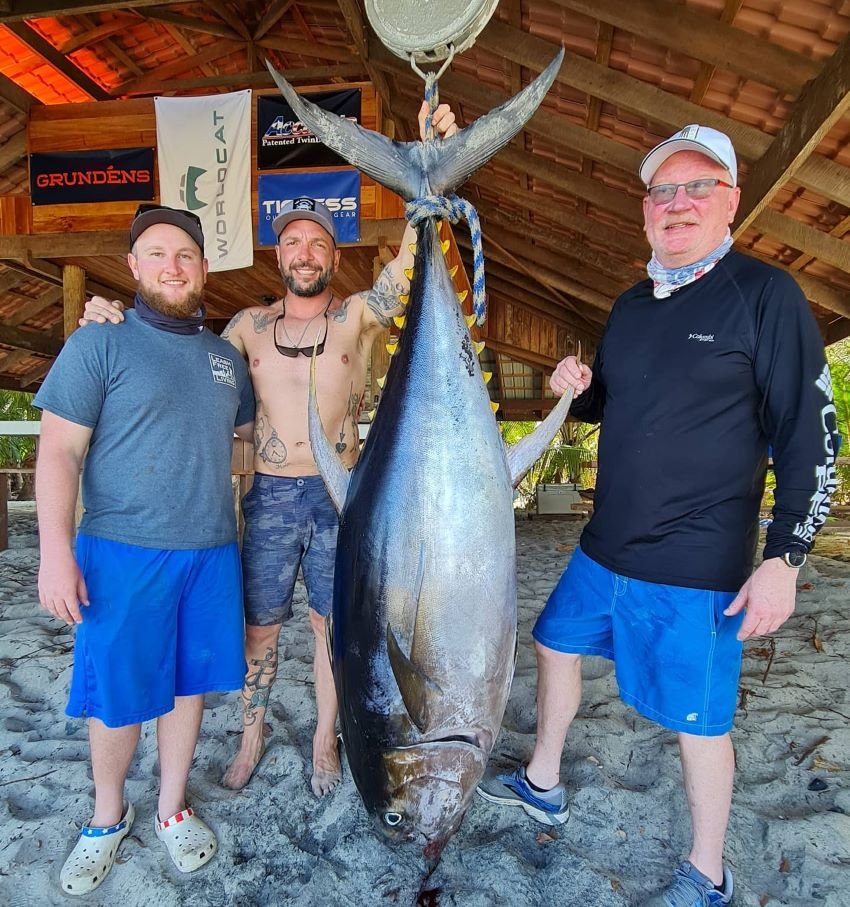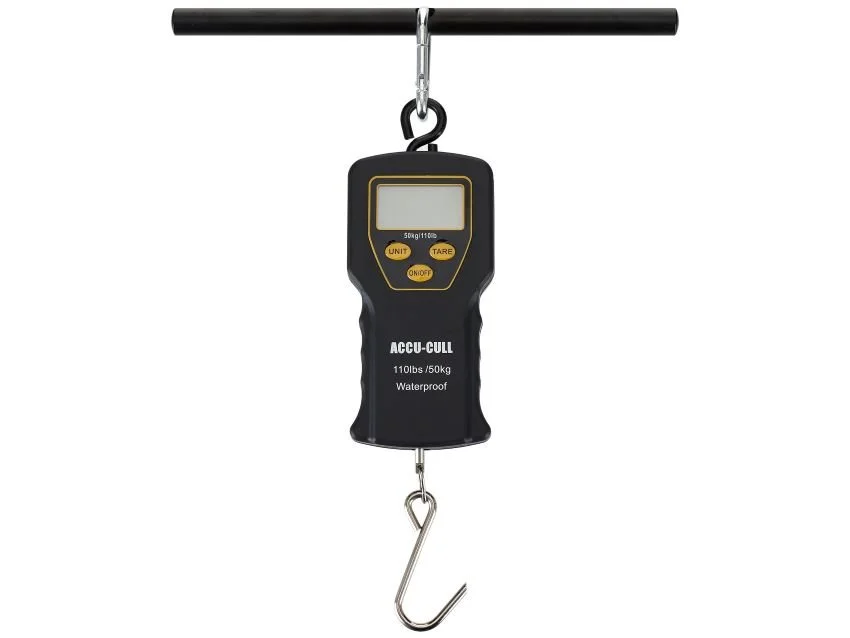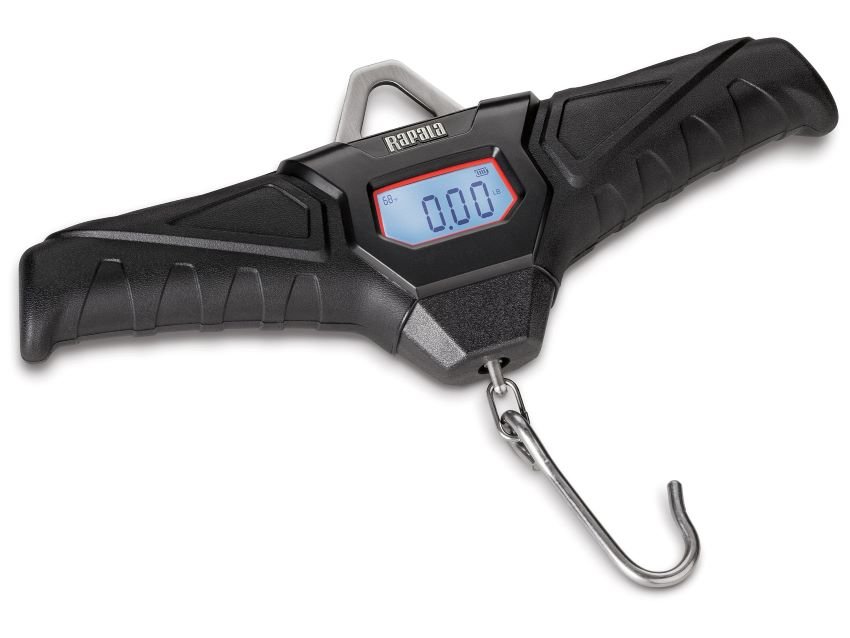Fishing Scales for Heavyweights
When it comes to freshwater fish like bass, I’m a stickler for accurate weights. I know that there are lots of serial exaggerators out there, and they need to live with that, but when I catch a trophy or my personal best I want to know that my measurements are accurate. While the stories can be hyperbolic, the actual weights should not be.
When it comes to saltwater species – at least so far – I’m less concerned with precision and more with the overall experience. To wit, even though I purchased a sailfish release ruler for decoration in my home office, I have only the roughest idea what any of the sailfish I’ve landed weighed. When I’ve caught mahi and roosterfish, I’ve asked the captains and mates for approximate weights, but again, I really didn’t care.
On our last trip to Sport Fish Panama Island Lodge, on the final day the quartet of anglers on our boat tag-teamed a massive yellowfin that Captain Shane Jarvis estimated as somewhere north of 200 pounds. Our fishing companion Samantha Sukupcak had an online calculator for tuna, and after taking the tuna’s measurements with a seamstress tape, the formula indicated that he was pretty close – 205 pounds.
Since we were going to turn that sucker into dinner, we could have taken the fish back to camp, where there is a certified spring scale. There were two reasons NOT to do that: (1) it really didn’t matter that much; and (2) it was still pretty early in the day and we wanted to process the meat and get it on ice ASAP.
If you’re going to get approximate weights via a formula, be sure that you’re taking the right measurements. For example, measuring a tuna from the tip of its nose to the fork in the tail gives a very different outcome than the distance from nose to the tip of the tail. Similarly, take the girth measurement at the fattest point.
Scales We Own
Of course, for fish that you intend to release, there are also handheld scales that’ll do the job. Hanna and I confidently rely upon our Brecknell ElectroSamson scale for super-precise weights, and our Boga Grip for accurate weights in ¼ pound increments, with the Boga serving us particularly well with toothy critters. Unfortunately, the former only measures up to 22 pounds, although there is also a 55 pound version available. The latter maxes out at 15 pounds, although you can also get a 30 pound version, which measures in half pound increments.
Heavyweight Contenders
Fortunately, if you’re someone who needs numerical certainty, and you intend to catch fish over the 30 pound mark, there are also a number of other scales available. They include:
Notes
Remember, just because your scale can handle fish up to 50 pounds or 100 pounds doesn’t mean that you can, too. Hit the gym and eat your Wheaties if you want to be able to hold that sucker in place while you’re waiting for it to settle on a weight.
If the scale just comes with a hook, invest in some sort of clamp to keep the fish secure – and remember that a clamp for a thrashing 40 pound roosterfish needs to be more solidly-built than one used on a 6 pound largemouth.
Invest in some sort of protective case for your scale and use that while it’s stored in the boat or packed in your luggage. That’ll protect it from the elements and keep it accurate over time.
Bonus Tip: Many of these scales are also great for weighing your luggage to make sure it doesn’t exceed airplane baggage limits.









